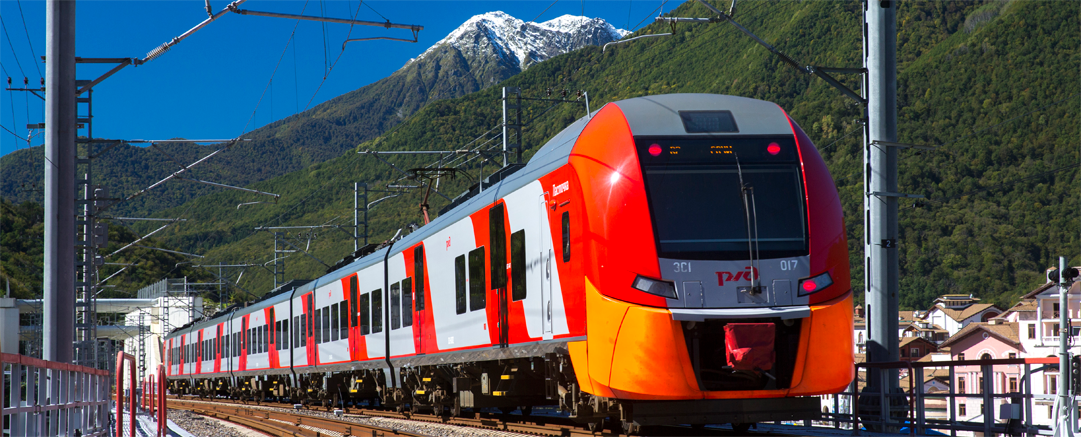Air protection

In its operations, Russian Railways seeks to minimise air pollutant emissions from stationary and mobile sources. The Company conducts regular internal checks of mainline and shunting diesel locomotives and track maintenance equipment for compliance with technical standards for air pollutant emissions through the use of environmental monitoring points furnished with diagnostics facilities. Emissions are also measured following diesel locomotive rheostat testing.
| Parameter | 2019 | 2020 | 2021 | 2022 | 2023 |
|---|---|---|---|---|---|
| Stationary sources | |||||
| Solids | 11.8 | 10 | 9.3 | 8.2 | 7.7 |
| Carbon monoxide (CO) | 20.8 | 18.5 | 17.4 | 16.9 | 16.7 |
| Sulphur dioxide (SO2) | 11.9 | 10.5 | 9.5 | 8.8 | 8.1 |
| Nitrogen oxides (NnOm) | 6.8 | 5.7 | 4.9 | 4.5 | 4.0 |
| Hydrocarbons (CnHm) | 0.1 | 0.1 | 0.1 | 0.1 | 0.1 |
| Volatile organic compounds | 2.2 | 1.9 | 1.5 | 1.3 | 1.1 |
| Other gases and liquids | 0.1 | 0.1 | 0.1 | 0.1 | 0.1 |
| Mobile sources (diesel locomotives) | |||||
| Carbon monoxide (CO) | 30.7 | 28.7 | 29.4 | 25.6 | 30.1 |
| Hydrocarbons (CnHm) | 15.7 | 14.6 | 15.1 | 15.5 | 14.3 |
| Nitrogen oxides (NnOm) | 113.5 | 105.5 | 108.8 | 103.2 | 110.7 |
| Soot | 6.9 | 6.4 | 6.6 | 6.0 | 6.7 |
Stationary sources
Emissions from stationary sources make up around 18.9% of all emissions by Russian Railways.
As part of the corporate Environmental Strategy, the Company cut its pollutant emissions from stationary sources in 2023 by 5.6% y‑o‑y, exceeding the target of 3.2%. This overachievement can be attributed to the additional conversion of small‑capacity boiler houses from coal to electrothermal power, a reduction in bulk cargo handling, and modifications to the procedure for assessing stationary emission sources and air pollutant emissionsApproved by Order No. 871 of the Russian Ministry of Natural Resources and Environment dated 19 November 2021., which led to recalculated emission figures. Also, the Company secured further savings in fuel and energy resources.
We are also increasing the share of alternative energy used in hot water and heat supply systems (solar collectors and heat pumps). We replaced small coal and diesel boilers with 43 boilers running on pellet fuel. The Company is also reconstructing and installing new dust collection and gas purification facilities.

Mobile sources
Emissions from mobile sources make up around 81.1% of gross emissions of which approximately 87.8% come from mainline and shunting diesel locomotives. Initiatives to make transportation more energy efficient helped us reduce diesel driven transportation, cut downtime and time to cover delay for passenger trains, and decrease per unit diesel consumption in train traction. These factors enabled a reduction in per unit emissions of pollutants into the air from mobile sources, achieving a level of 33.6 mg/tkm against the target of 36.9 mg/tkm (down by 8.9%).